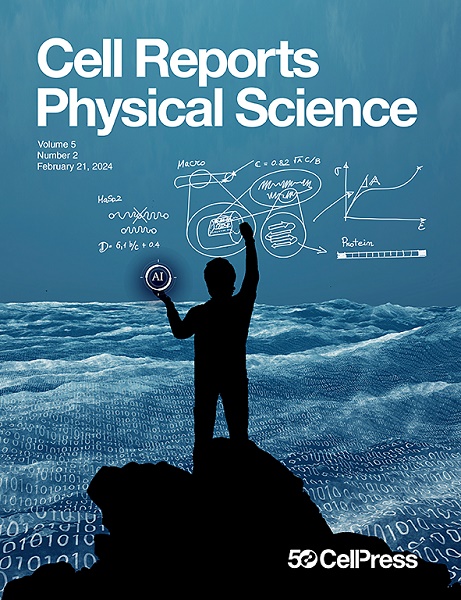利用原位动态共价反应对共自组装进行动力学控制,从而产生协同化学光动力治疗
IF 7.9
2区 综合性期刊
Q1 CHEMISTRY, MULTIDISCIPLINARY
引用次数: 0
摘要
多组分自组装提供了一种探索有序、复杂和动态纳米系统的策略,并利用了整个系统的特性,而不仅仅是每个子组分。然而,共自组装的自发性使得控制过程变得困难。在这里,我们使用巯基-二硫交换反应作为原位动态共价反应,缓慢地产生二硫大环,随后触发与抗癌药物和光敏剂的自组装。产物浓度的逐渐增长对自组装二硫化物的浓度具有动力学控制,从而形成了稳定的共递送纳米体系,具有较高的载药效率(31.78%)和包封效率(95.91%)。该纳米系统具有生物相容性、肿瘤蓄积能力和生物安全性,并在体外和体内表现出协同化疗和光动力抗癌作用。我们的研究结果表明,原位动态共价化学促进了对共自组装的控制,为在生物医学、电子和可再生能源领域具有潜在应用的更多功能纳米系统铺平了道路。本文章由计算机程序翻译,如有差异,请以英文原文为准。
Kinetic control over co-self-assembly using an in situ dynamic covalent reaction resulting in a synergistic chemo-photodynamic therapy
Multicomponent self-assembly offers a strategy to explore ordered, complex, and dynamic nanosystems and to harness the property of the whole system beyond that of each subcomponent. However, the spontaneous nature of co-self-assembly makes control of the process difficult. Here, we use a thiol-disulfide exchange reaction as an in situ dynamic covalent reaction to slowly produce disulfide macrocycles that subsequently trigger the co-self-assembly with an anticancer drug and a photosensitizer. The gradual concentration growth of products shows kinetic control over the concentration of self-assembling disulfides, resulting in a stable co-delivery nanosystem with high drug-loading efficiency (31.78%) and encapsulation efficiency (95.91%). The nanosystem possesses biocompatibility, tumor-accumulating ability, and biosafety and shows a synergistic chemotherapeutic and photodynamic anticancer effect in vitro and in vivo. Our findings suggest that in situ dynamic covalent chemistry advances control over co-self-assembly, paving the way to more functional nanosystems with potential applications in biomedicine, electronics, and renewable energy.
求助全文
通过发布文献求助,成功后即可免费获取论文全文。
去求助
来源期刊

Cell Reports Physical Science
Energy-Energy (all)
CiteScore
11.40
自引率
2.20%
发文量
388
审稿时长
62 days
期刊介绍:
Cell Reports Physical Science, a premium open-access journal from Cell Press, features high-quality, cutting-edge research spanning the physical sciences. It serves as an open forum fostering collaboration among physical scientists while championing open science principles. Published works must signify significant advancements in fundamental insight or technological applications within fields such as chemistry, physics, materials science, energy science, engineering, and related interdisciplinary studies. In addition to longer articles, the journal considers impactful short-form reports and short reviews covering recent literature in emerging fields. Continually adapting to the evolving open science landscape, the journal reviews its policies to align with community consensus and best practices.
 求助内容:
求助内容: 应助结果提醒方式:
应助结果提醒方式:


